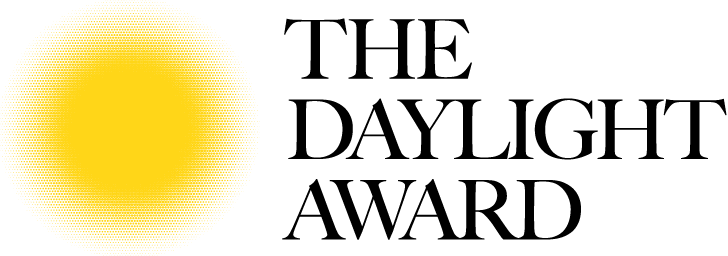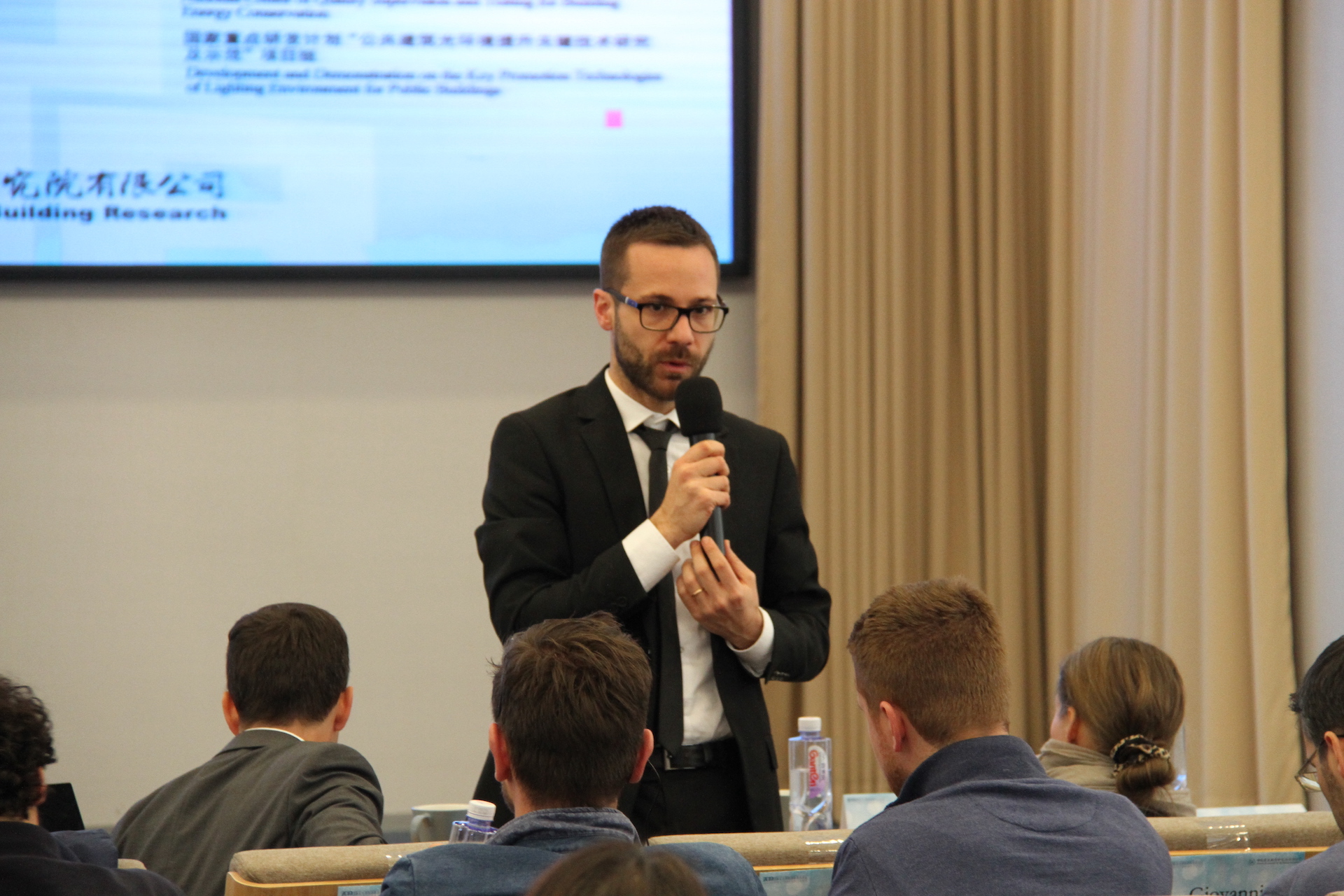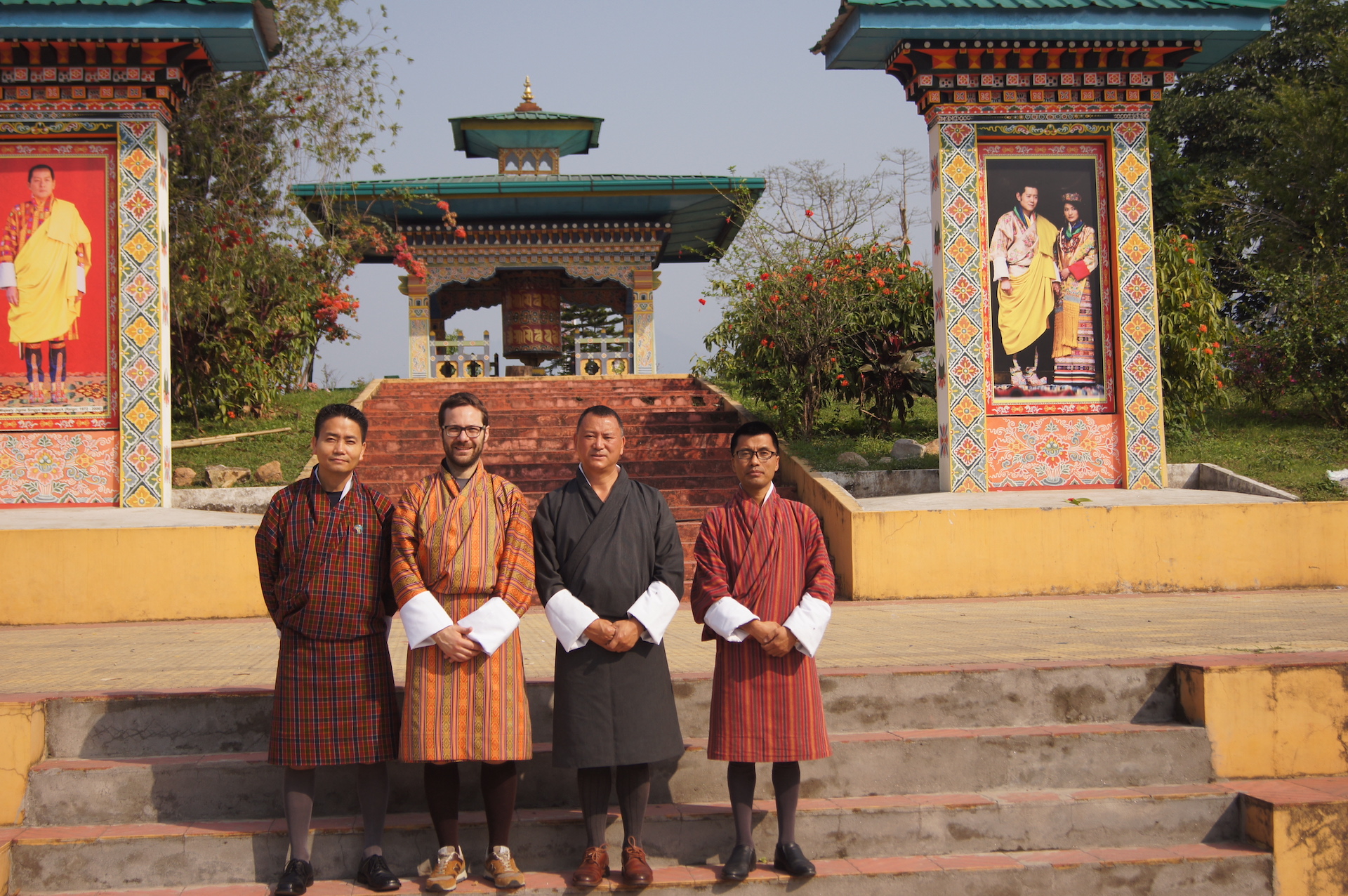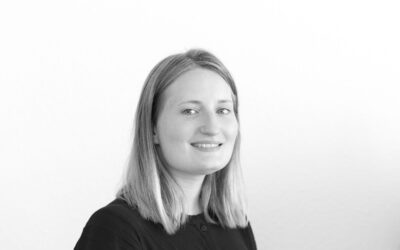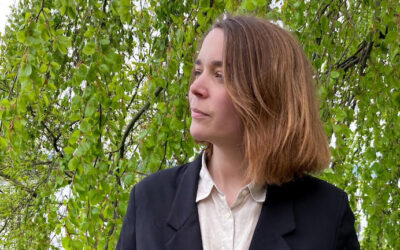The Daylight Award Community
Niko Gentile
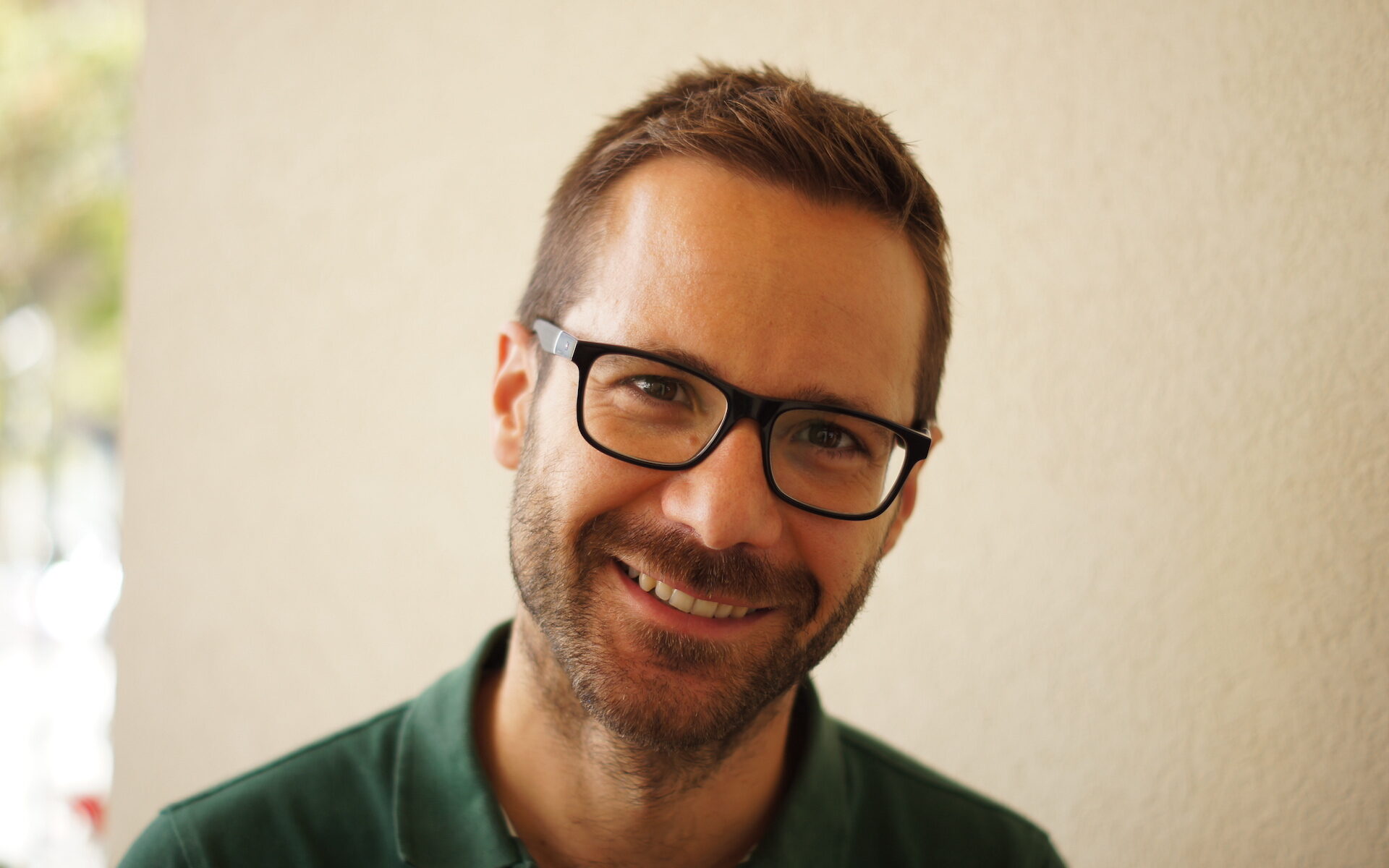
FEATURE
What does daylight mean to you?
“Go out and get some light” my parents said, when I was a teenager with way too much interest in programming. “A luminous apartment with west facing balcony” claims the estate agent to justify the higher market price. “The CIE standard illuminant daylight D is the reference source for color rendering” says the lighting scientist, implying that only daylight renders color perfectly, and anything else can just do worse. “We come from the long night, and we want light for everybody” said a song, associating daylight to hope. We have a craving for daylight in so many aspects of our lives that daylight means to me simply what I want, what everybody wants.
How did your interest in the subject rise?
Few years back I got the results of saliva cortisol concentration for a study on high school students and lighting. I noticed an astonishing peak in secretion for some students during a dark day of the Swedish winter. I could not explain that, then I carefully checked their daily schedule. It comes out that these students had a five-minute walk from another building before doing the test. These five minutes in daylight were enough to boost their cortisol much more effectively than any electric lighting installation, and despite being one of the darkest days of the whole year. In that moment I understood that yes, daylight does make a difference and that we must strive for more daylight for better lives.
How do you work with daylight in your research?
My work deals mainly with energy efficiency. First, I use daylight as a free and much appreciated source of illumination for the interiors. Then, I study occupants’ perception and behavior so that I can trigger energy efficient behaviors, in the way that occupants maximize the use of daylight and report high degree of satisfaction. Finally, I exploit the use of controls to really keep the electric lighting loads at the minimum.
Which project/publication describes your work the best?
A recent publication of mine called “Improving lighting energy efficiency through user response” describes my current research interests.
According to you, what is the most important focus for the future?
We need more innovation in daylighting strategies for circadian lighting design. We have witnessed an extraordinary increase of interest in integrative lighting (or human-centric lighting), but innovation in this field regarded mainly electric lighting systems. This sounds nonsensical to me; daylight is our zeitgeiber, yet we rather look at electric lighting to adjust our internal clock.

I owe something to almost anyone I met along my professional career, but one person inspired me most as an educator and a daylight specialist: Prof Werner Osterhaus. Werner has been the doorway to the world of lighting for many. As a mentor in various networking events, including the Velux Daylight Academic Forum, Werner managed to make any of us “young researchers” feeling special. His curiosity for us as individuals beyond researchers was crucial for me when deciding to stay in the lighting world. He truly makes this community “A Community”.
Gentile, N. (2022). Improving lighting energy efficiency through user response. Energy and Buildings, 112022. https://doi.org/10.1016/j.enbuild.2022.112022
Pizarro, R. C., & Gentile, N. (2020). A case study addressing the benefits of daylighting and electric lighting integration in the retail sector. In Proceedings of the ISES Solar World Congress 2019 and IEA SHC International Conference on Solar Heating and Cooling for Buildings and Industry 2019 (Vol. 1, s. 1825-1836). https://doi.org/10.18086/swc.2019.38.02
Dubois, M. C., Gentile, N., Laike, T., Bournas, I., & Alenius, M. (2019). Daylighting and lighting under a Nordic sky (Vol. 1). Studentlitteratur AB. https://www.studentlitteratur.se/kurslitteratur/teknik-datorer-it-och-bygg/byggteknik-och-arkitektur/daylighting-and-lighting-under-a-nordic-sky/
Gentile, N., Goven, T., Laike, T., & Sjoberg, K. (2018). A field study of fluorescent and LED classroom lighting. Lighting Research & Technology, 50(4), 631-650. https://doi.org/10.1177%2F1477153516675911
Gentile, N., Dubois, M. C., Osterhaus, W., Stoffer, S., Amorim, C. N. D., Geisler-Moroder, D., & Jakobiak, R. (2016). A toolbox to evaluate non-residential lighting and daylighting retrofit in practice. Energy and Buildings, 123, 151-161. https://doi.org/10.1016/j.enbuild.2016.04.026
